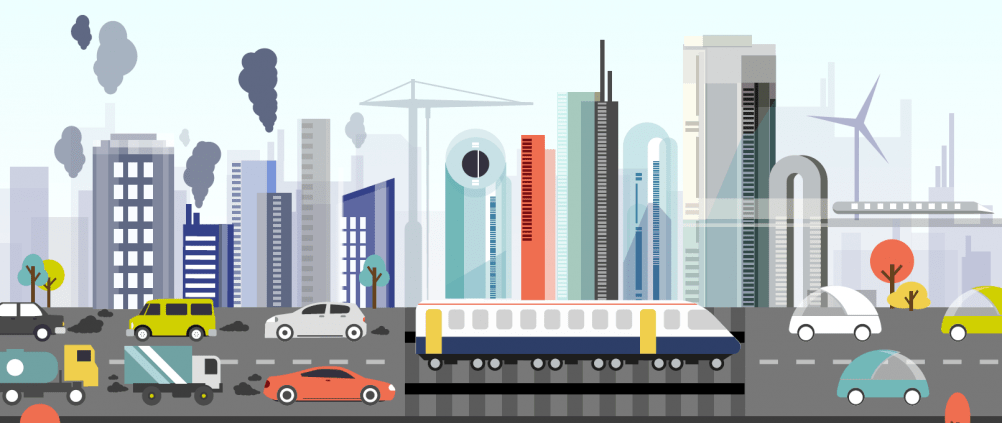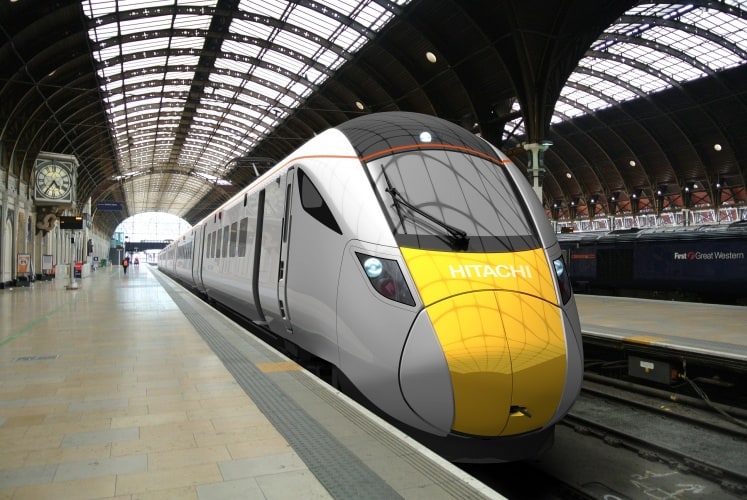How we travel and the transport we choose has a huge impact on society, from congestion and pollution to productivity and well-being. About 2% of GDP per year is currently suppressed by congestion and over excess of 10,000 deaths per year occur as a result of air pollution exposure in London alone. In the UK, there are around 2.3 million accidents each year. Despite the list of significant challenges that call for ‘smart solutions’, little headway has been made in the UK to improve people’s daily lives.
Why drive towards Social Innovation?
Social Innovation in transport applies technological innovation to travel experiences in order to deliver life-changing outcomes for people. This could take the form of mitigating the effects of congestion or pollution, or developing new mobility products and services, providing behaviour change when adopted on a mass scale. The most opportune areas for innovation include reducing congestion and air pollution caused by transport, improving journey time reliability and information on transport.
Mobility needs to offer customers integrated travel options, as opposed to the largely individual modes of transport we have now. We are already witnessing new mobility models like car sharing and on-demand transport applications which reduce the reliance on private cars, and are far more sustainable.

The call for connectivity
In London, just 34% of trips are made by private car, with the remainder by public transport, walking or cycling. We’ve also seen declining applications for driving licenses amongst 16-29 year olds in particular over the last decade in the UK (9%), France (4%), and Germany (14%) for example.
Those who do use cars are increasingly looking for smarter solutions. We have seen a sharp rise in the market for smart parking, both by installing sensors in the infrastructure, and by linking the supply and demand through mobile applications. Navigating drivers to a secure space improves confidence from the user and reduces congestion. The smart parking market was worth $14 billion in 2014, and is forecast to grow to $56 billion by 2025, creating particular opportunity for train stations and transport hubs.
One of the key opportunities to enable Social Innovation in transport is through connecting public and private transport. While “connected cars” (i.e. vehicles enabled to communicate with infrastructure through embedded devices) have existed for several years, communication and cooperation between vehicles and connected transport-related infrastructures (such as traffic lights and parking lots) is a relatively new phenomenon. By allowing vehicles to communicate with each other and their surroundings, real time data can help improve road safety, traffic efficiency and passenger comfort.
Giving time back to commuters
Hitachi is working as part of a consortium to deliver vehicle-to-vehicle and vehicle-to-infrastructure communications (v2x), initially with pilots for Full Electric Vehicles, as demonstrated in their role in the EU project eco-FEV. This includes the invention of an electro-mobility platform that combines information from full electric vehicle (FEVs) related infrastructure systems, with intelligent telematics services. This could generate a whole ecosystem of clean electric vehicles and allow communities to measure and track congestion and transport use.
In the UK, the HS1 railway has led to a 33% passenger increase on the Southeastern trains network, and has cut journey times significantly. Alistair Dormer, Global CEO of Hitachi’s Rail Systems Business, stated that as a result, ‘people can save time and therefore enjoy having breakfast with their children or getting to the gym - a true Social Innovation in daily life.’

A more connected future?
More of us live in and travel through cities for longer periods of time. Without Social Innovation in transport, the economic risks and social costs will increase. Social Innovations in transport, such as those outlined above, could reduce the reducing the number of accidents on the road by 25%, saving the UK £1.2 billion.
The building blocks are already in place in many cities and countries. If we can take a more collective fluid approach to transport technology, we can build a reciprocal transport system that will in turn, allow us to live more collective informative lives.
But it is also important to note that Social Innovation in transport and mobility is a global phenomenon, with many different regional opportunities to make a real difference. Whether it’s bringing personal mobility to places where infrastructure is limited, to driving economic growth around transport hubs such as train stations, or to enhance the comfort and convenience of commuters in the world’s major cities - Social Innovation in Transport and Mobility is an enabler of a better future.
The research on the challenges facing transport and mobility networks and the role Social Innovation could play come from a new whitepaper from Frost & Sullivan and Hitachi on Social Innovation in Transport and Mobility.










Water Sector Talent Exodus Could Cripple The Sector
Well let´s do a little experiment. My last (10.4.25) half-yearly water/waste water bill from Severn Trent was £98.29. How much does not-for-profit Dŵr...